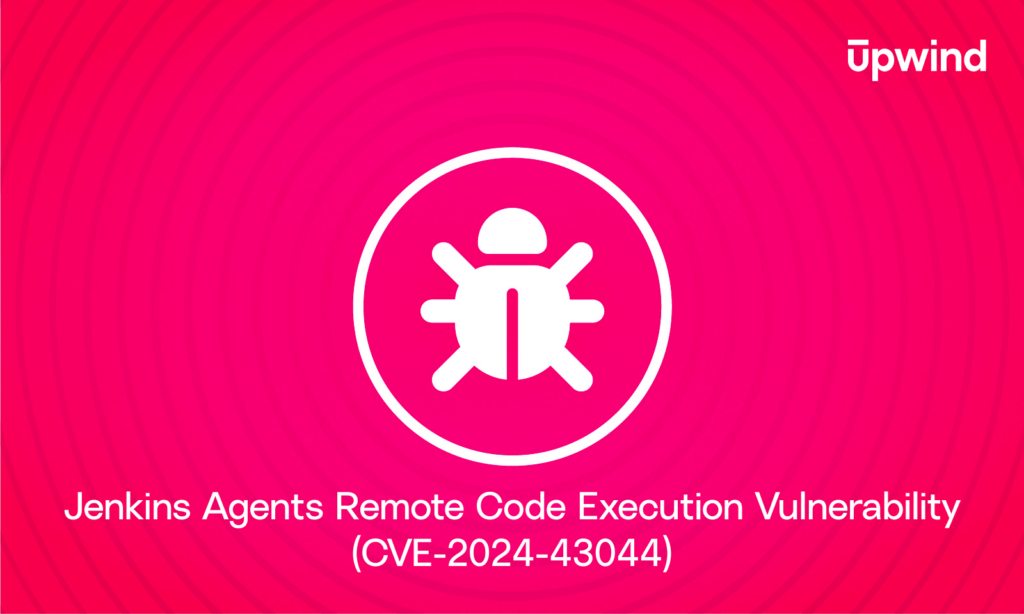
Analyzing the Latest CUPS RCE Vulnerability: Threats and Mitigations
Remote Code Execution (RCE) in CUPS via ‘cups-browsed’ CUPS (Common Unix Printing System) is a popular printing system for Unix-like systems, with cups-browsed responsible for printer discovery and network browsing. A recent vulnerability in cups-browsed allows Remote Code Execution (RCE) through manipulated printer discovery responses. This vulnerability is caused by insufficient input validation on UDP […]

Jenkins Agents Remote Code Execution Vulnerability (CVE-2024-43044)
A critical remote code execution (RCE) vulnerability, identified as CVE-2024-43044, has been discovered in Jenkins, one of the most widely used automation servers. The vulnerability resides in the ClassLoaderProxy#fetchJar method and could allow attackers to compromise Jenkins environments by exploiting unrestricted file path requests from agents to the Jenkins controller. Understanding CVE-2024-43044 CVE-2024-43044 is a […]


